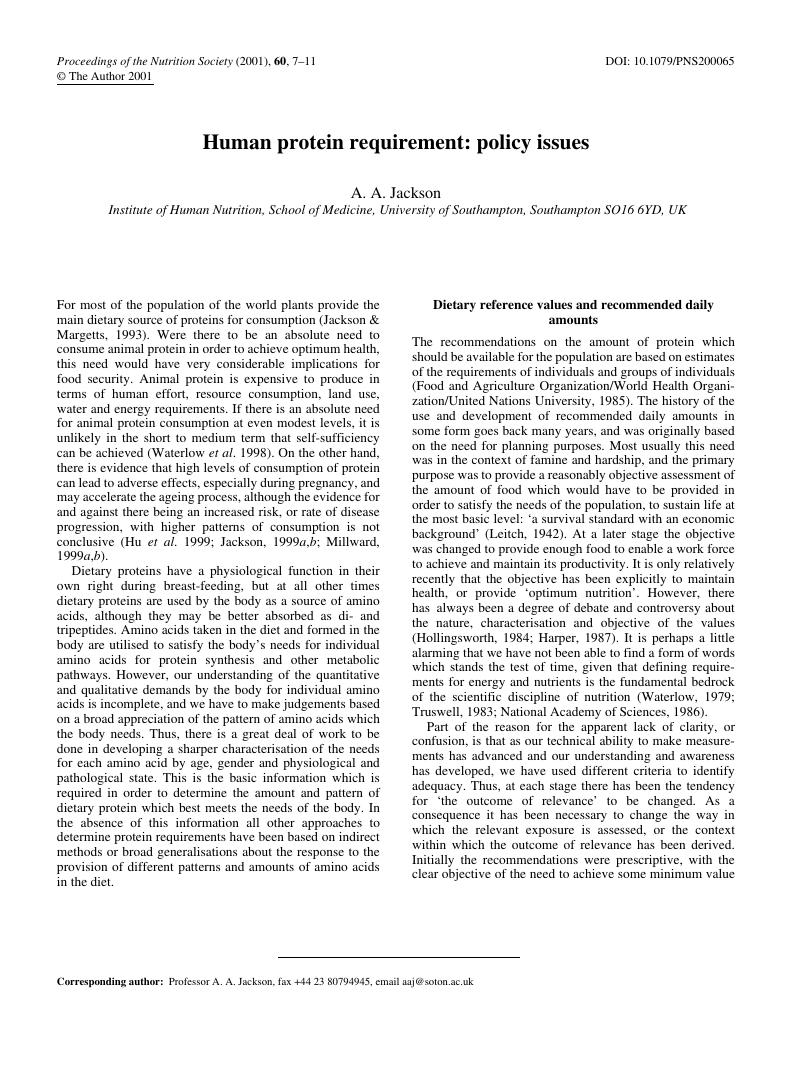Crossref Citations
This article has been cited by the following publications. This list is generated based on data provided by Crossref.
2002.
Abstracts of Original Communications.
Proceedings of the Nutrition Society,
Vol. 61,
Issue. 3a,
p.
153A.
Pollard, J.
2003.
Encyclopedia of Food Sciences and Nutrition.
p.
1859.
Slater, Christine
and
Preston, Tom
2004.
Automated breath hydrogen measurement at the part‐per‐million level on a continuous‐flow isotope‐ratio mass spectrometer.
Rapid Communications in Mass Spectrometry,
Vol. 18,
Issue. 20,
p.
2502.
Slater, Christine
and
Preston, Tom
2005.
A simple prediction of total body water to aid quality control in isotope dilution studies in subjects 3–87 years of age.
Isotopes in Environmental and Health Studies,
Vol. 41,
Issue. 2,
p.
99.
2010.
Bioactive Peptides.
p.
59.



